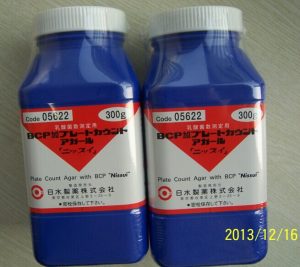分类目录归档:未分类
水溶性荧光染料43320 Sulfo-Cyanine5 NHS ester 25 mg
水溶性lumiprobe荧光染料43320 Sulfo-Cyanine5 NHS ester 25 mg 水溶性lumiprobe荧光染料Sulfo-Cyanine5 羧基活性酯 25 mg 690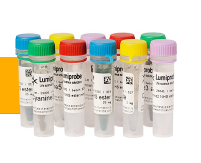
银耳多糖在化妆品中的应用
银耳多糖在化妆品中的应用
银耳(Tremella fuciformis) 为传统的药食两用品,1500年前就已经有记载食用历史。银耳在古代属于名贵补品,清宫侍女德龄著《御香飘渺,御膳房》论通江银耳说:“银耳那样的东西,它的市价贵极了,往往一小匣子银耳就要花一、二十两银子才能买到”。随着银耳人工栽培技术成功,使银耳走向了千家万户。人人皆可品尝的佳品了。
银耳味甘、淡、性平、无毒,既有补脾开胃的功效,又有益气清肠、滋阴润肺的作用。既能增强人体免疫力,又可增强肿瘤患者对放、化疗的耐受力。银耳营养丰富,食味鲜美,不但是营养价值很高食用菌,也是药用价值较高药用菌,是世界公认保健品。
传统中医理论认为银耳(Tremella fuciformis)不仅有滋阴润肺、养胃生津、益气润肠的作用,而且是难得的一种润泽肌肤、抗衰养颜的美容补品。银耳富有天然植物性胶质,外加其具有滋阴的作用,是可以长期服用的良好润肤食品。据《太平圣惠方》、《御药院方》等记载,银耳具有“滋阴养颜”的功效,传说中国古代“四大美女”之一的杨贵妃喜欢用银耳来美容养颜。
银耳(TREMELLA FUCIFORMIS)提取物是银耳最重要的活性物成分,通过分离银耳细胞深层发酵孢子,进一步纯化得到。具有提高免疫力、抗肿瘤、抗衰老、降血糖和降血脂等多种生理功能。
银耳多糖具有卓越的保湿锁水能力。银耳多糖可以吸取大量的水分,无论在低湿度还是在高湿度条件下都具有相同的高保湿性。银耳多糖应用于护肤类化妆品,具有修复表皮、增加表皮含水量的功能,提高角质层水分含量,并且给皮肤柔软的感觉;提高了皮肤电导率积分值,提高皮肤的保水能力;降低了水释放常数,表明产品能提高皮肤的屏障功能,防止水分从皮肤的蒸发。
银耳多糖具有良好的润滑性和成膜性。添加银耳多糖的护肤品涂抹时润滑感明显,具有良好的手感,可在皮肤表面形成一层均匀的薄膜,使皮肤具有良好的滑爽感和湿润感,不收缩,干爽不紧绷,对皮肤起到保护作用。同样,在护发品产品中,可以在头发表面形成一层保护膜,起到保湿、润滑,消除静电,使头发更易于梳理、飘逸自然。
银耳多糖具有一定的清除羟基自由基的能力。银耳多糖可作为抗衰老成分应用到化妆品中。通过抑制细胞脂质的过氧化反应,从而防止皮肤的老化;促进弹性细胞生长;减少UV对皮肤的伤害;活化表皮细胞,修复光损皮肤;加快皮肤再生;消皱去皱。
银耳多糖具有透明质酸同等的保湿能力,并且没有黏腻感,干后不会觉得紧绷,给皮肤润湿、爽滑的感觉,并且还能抗击部分自由基,特别适用在护肤品里。
银耳多糖是一种革命性的植物源性高效保湿剂,是目前唯一百万级分子量的天然保湿原料,不但能够高效保湿,而且具有抗衰老、 抗氧化的作用,因此往往被用于高档化妆品中。保健品市场,银耳美容口服液,是以银耳高分子异多糖为原料,具有良好的润肠通便,改善便秘及减肥的作用。
安瓿瓶灌装封口医美原液灌装曲颈易折安瓶玻璃安瓶OEM灌装封口
上海厂家直销安瓿瓶灌装封口来料加工OEM代加工透明棕色适合精油精华原液
我司以提供进口化妆品半成品为特色,另专业批发原液、冻干粉、晶粉、、洗面奶、面膜、胶囊、定妆素、粉底、原液套盒,眼部套盒等产品,专业OEM贴牌加工,欢迎电话咨询下单。
承接拉丝安瓶精华来料加工 半成品加工
安瓿瓶灌装封口医美原液灌装曲颈易折安瓶玻璃安瓶OEM灌装封口
上海金畔生物科技有限公司
固话总机:021-50837765
订货热线:15221999938

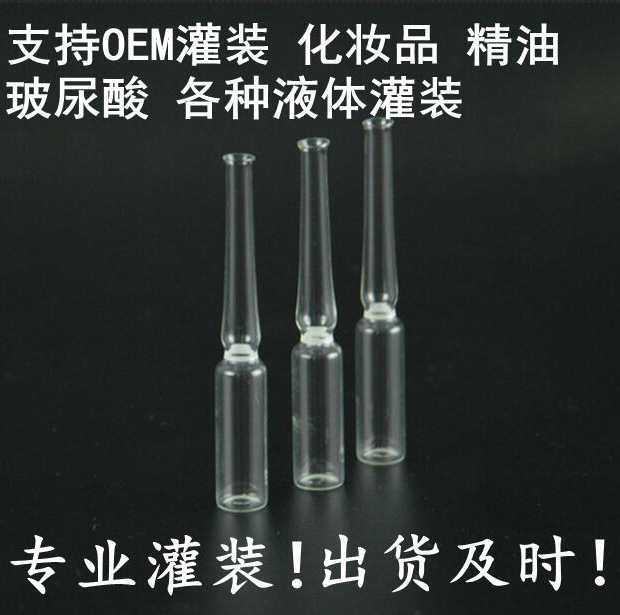
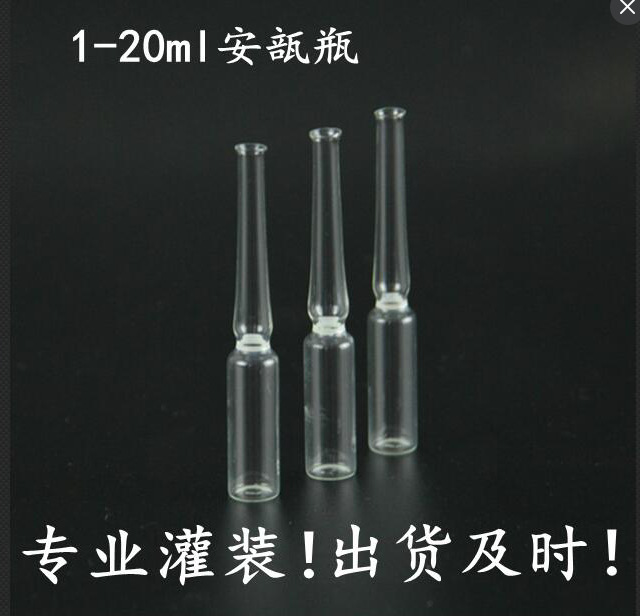
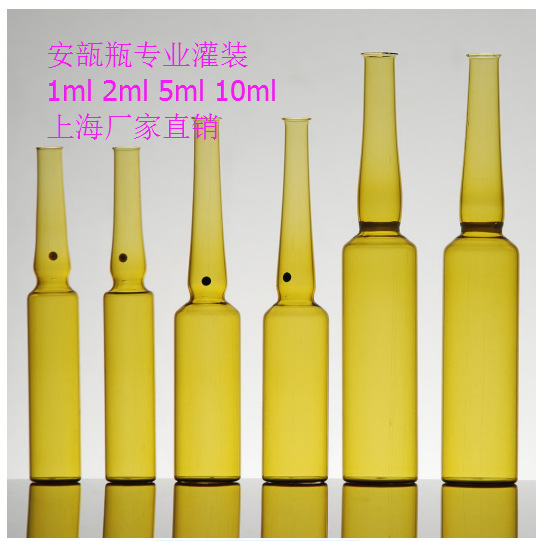
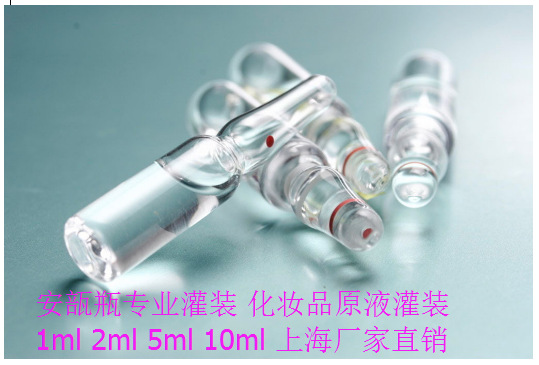
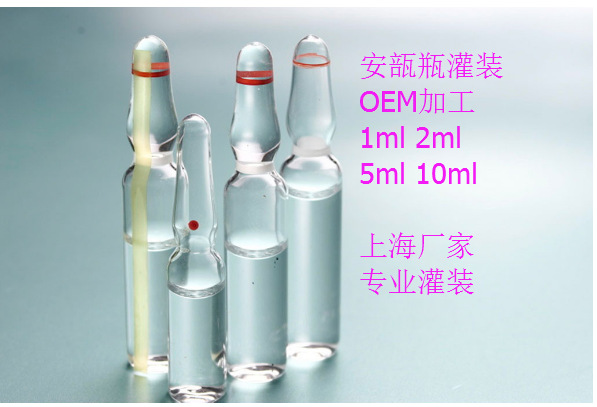
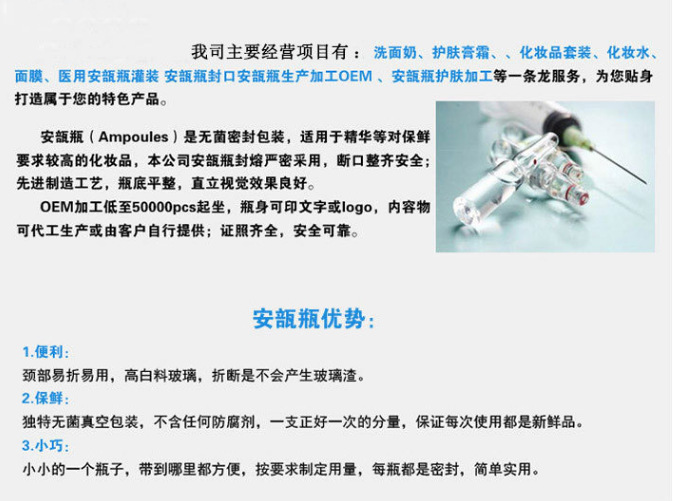

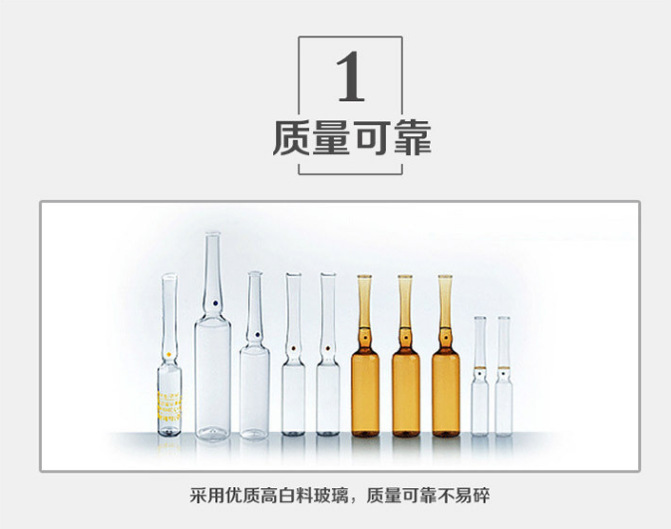
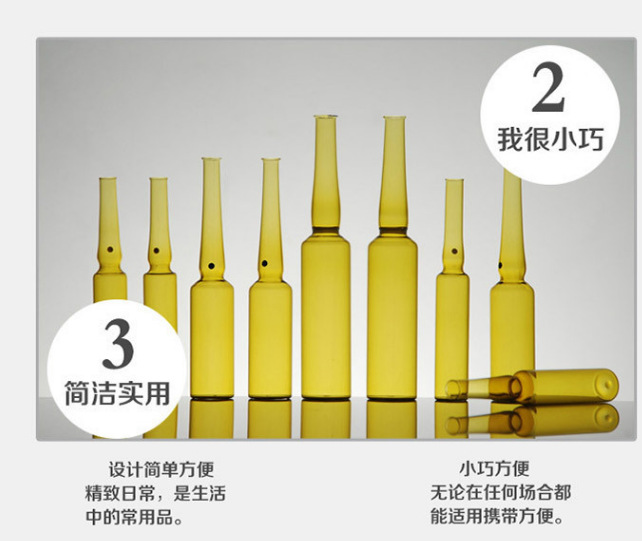
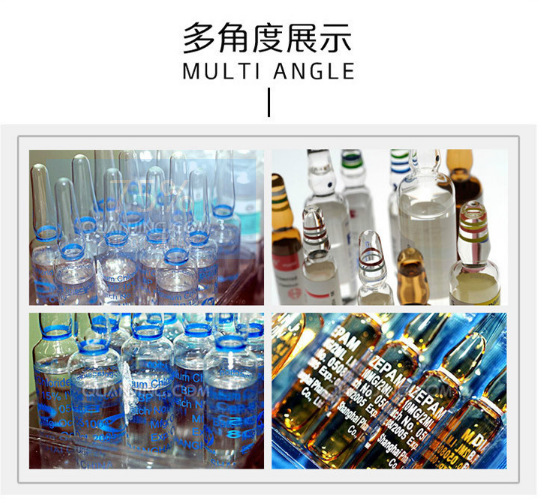



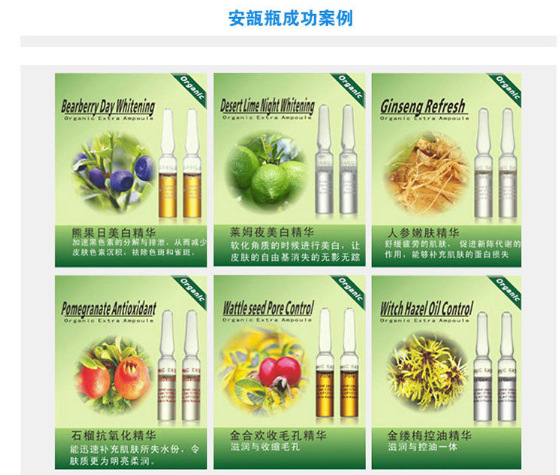
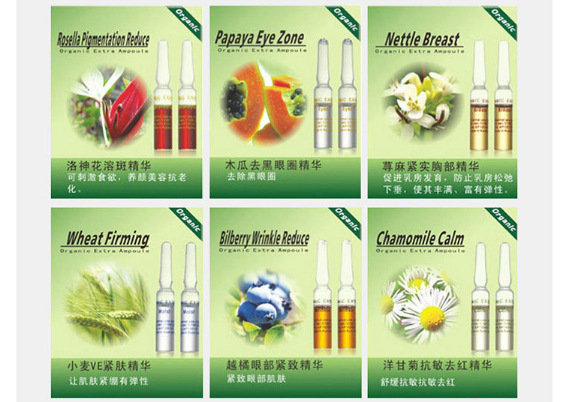
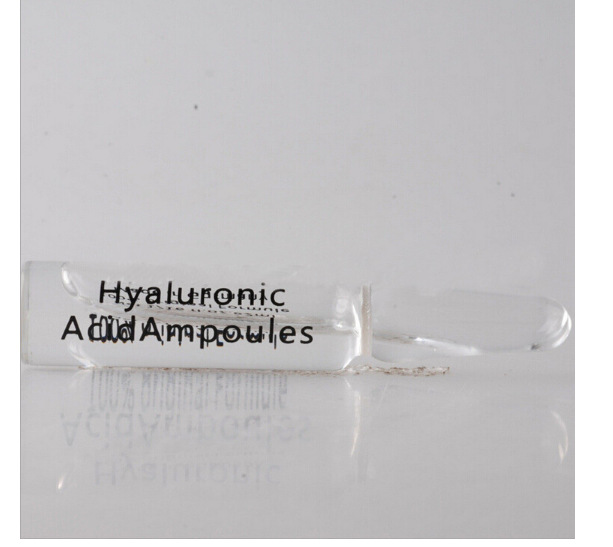
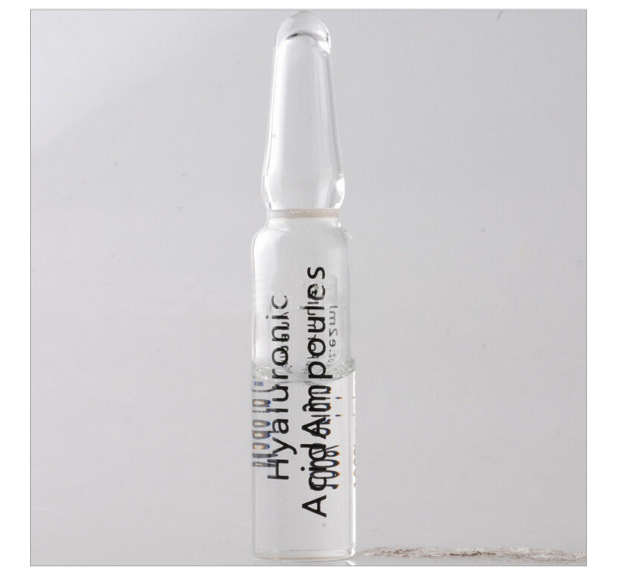
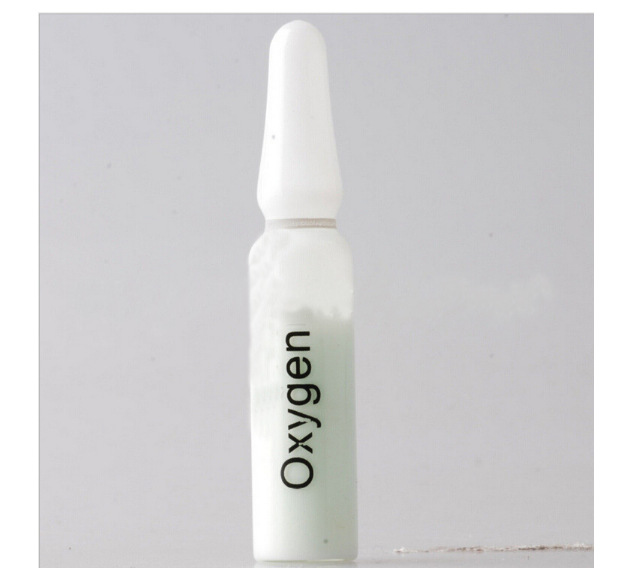
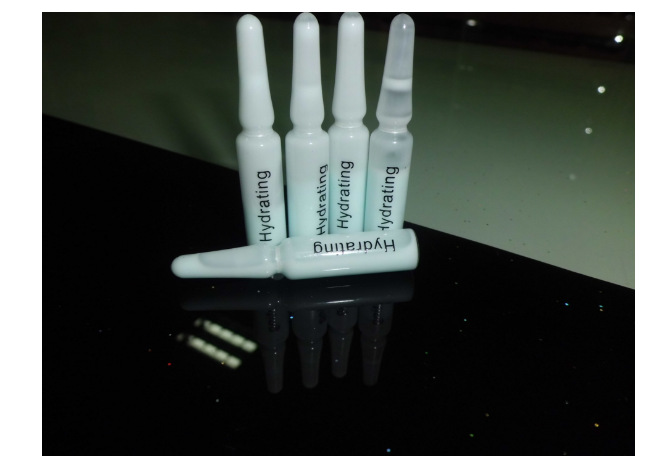
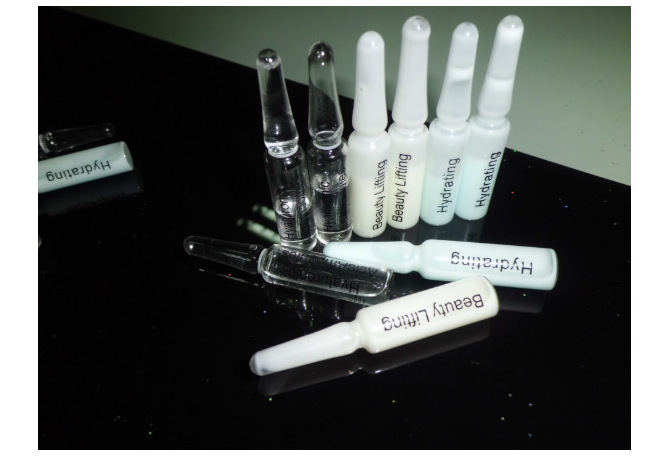
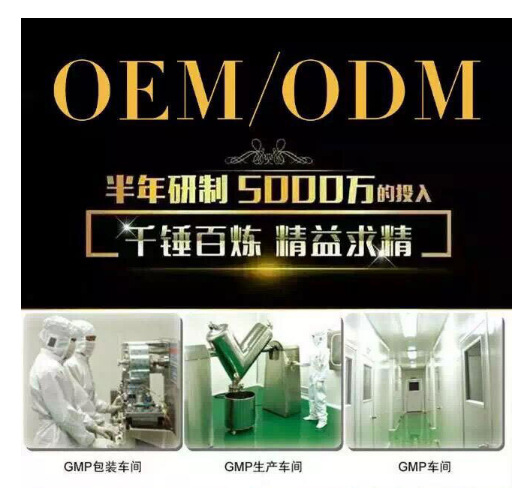
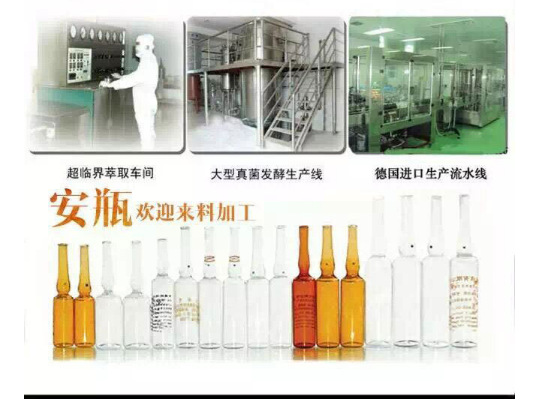
上海金畔生物科技有限公司
固话总机:021-50837765
订货热线:15221999938
Amresco 0206-250G L-CYSTEINE HYDROCHLORIDE, MONOHYDRATE L-半胱氨酸盐酸盐,一水
Amresco 0206-250G L-CYSTEINE HYDROCHLORIDE, MONOHYDRATE L-半胱氨酸盐酸盐,一水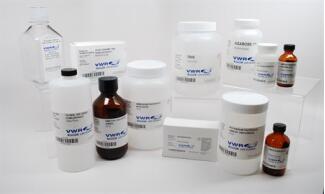
Santa抗体官网 santa cruz抗体官网
Santa抗体官网 santa cruz抗体官网
OmnimAbs抗体是哪个国家的 OmnimAbs抗体怎么样
OmnimAbs抗体官网 OM抗体官网代理商 santa官网 上海santa代理商
cst抗体官网 bd抗体官网 abcam抗体官网 santa抗体官网 santa cruz抗体官网 dako抗体官网 华人抗体协会官网 jackson抗体中国官网 sigma抗体官网
上海金畔生物科技有限公司代理OmnimAbs抗体
OmnimAbs抗体官网 OM抗体授权代理商
OM抗体官网
OmnimAbs抗体是哪个国家的 OmnimAbs抗体怎么样
详细介绍
关键词:omnimabs
简介:我公司全国总代理,华东地区代理omnimabs专业经营进口胎牛血清、细胞因子、ELISA试剂盒、细胞、抗体、生物试剂、耗材、培养基、一抗、二抗、其产品吸附均匀,吸附性好,空白值低,孔底透明度高,代做ELISA实验等。
全国总代理,华东地区代理omnimabs产品涉及分子生物学、细胞生物学、细菌学、遗传学、免疫学、生物化学、蛋白质学、细胞疗、临床应用等领域。全国总代理,华东地区代理范围内免费运输,如出现运输质量问题,我们可以包退换货。omnimabs完善的库存及供应体系以及高效稳定的专利纯化技术,保证产品均能现货供应和产品质量的稳定性。
品牌名称: omnimabs
【生物分子】 抗生素/抗真菌素 维生素 氨基酸 核苷酸 脂 糖类 白三烯 前列腺素 药物结合物 抗氧化剂 药理活性化合物 类固醇激素结合物 半抗原反应 半抗原载体结合物 放射性核素 血小板活化素 tRNA 活性染料和化合物 亲和素/链霉亲和素
【蛋白质/抗原/多肽】 免疫球蛋白 封闭肽 人蛋白和抗原 小鼠蛋白和抗原 细菌蛋白和抗原 病毒蛋白和抗原 植物蛋白和抗原 其它蛋白和抗原 细胞质蛋白 总蛋白 膜蛋白 核蛋白 细胞裂解和提取物 线粒体蛋白 细胞裂解 组织提取 重组细胞因子
【常用生化试剂】EDTA DTT Tris SDS MOPS HEPES 水 分子生物学缓冲液 蛋白生化缓冲液 去垢剂 染色试剂 溶剂 酸碱 化学试剂 其它生化试剂
【PCR/RT-PCR/qPCR】PCR试剂 PCR对照 特异性PCR试剂盒 PCR克隆试剂盒 RNA 载体及构建 PCR克隆载体 M13克隆载体 细菌克隆载体 文库及构建 cDNA文库 基因组文库 噬菌体展示文库
【酶】限制性内切酶 蛋白酶 核酸酶 激酶 聚合酶 连接酶
【cDNA及合成纯化】cDNA全长基因 RNA cDNA合成 cDNA相关试剂
【核酸/蛋白合成】Oligo纯化 核酸合成柱 核酸合成试剂
【克隆与表达】克隆基因 克隆试剂盒 克隆筛选
【表达分析】 Northern印迹分析 分支DNA和mRNA定量
【蛋白分析】 PAGE凝胶制备 蛋白电泳试剂 预制蛋白凝胶
【核酸纯化】 DNA凝胶纯化 DNA提取纯化 PCR产物纯化
【RNAi技术】 siRNA 反义寡核苷酸 RNAi定量 RNAi文库
【蛋白检测】 Western印迹 报告基因检测 蛋白检测试剂盒
【实验动物】 转基因动物 小鼠 大鼠 模式动物
【临床检测试剂】 生化检测 遗传学检测 血液检测
【相关检验试剂】 食品安全检测 药品安全检测
【蛋白纯化】 蛋白提取 蛋白透析 蛋白定量 蛋白稳定
【细胞培养】 血清 血清替代物 细胞培养基 细胞 细胞株 感受态细胞 新鲜细胞分离
【干细胞】 干细胞/祖细胞 原代细胞 干细胞培养基
【蛋白修饰】 蛋白标记 载体蛋白结合 其它
【细胞生物学检测】 细胞凋亡 细胞分离 细胞增殖
【药物筛选】 荧光素细胞活力/增殖/毒性检测
【免疫检测】 放射性免疫检测 化学发光免疫检测
omnimabs抗体怎么样 omnimabs抗体 omnimabs官网omnimabs抗体怎么样 omnimabs抗体 omnimabs官网omnimabs www.omnimabs.com omni抗体
Lumiprobe官方代理 活性染料 点击化学 lumiprobe cy荧光染料
官方网站:www.lumiprobe.com Lumiprobe 中文网站 | 活性染料 | 点击化学
lumiprobe官网 lumiprobe官网中国授权代理商 lumiprobe荧光染料官方代理商
Amresco官方代理 Amresco官网代理
日本关东化学官网 日本KANTO化学中国代理
http://www.kanto.co.jp/
JinPanBio (上海金畔生物科技有限公司) Room 103, Building 32, No.669, Dongjing Rord, Pudong New Area, Shanghai, China Tel.: +86-21-50837765 Mobile: 86-18301939375 email: info@jinpanbio.com 上海金畔生物官网:http://www.jinpanbio.cn 上海金畔生物Lumiprobe官网:http://lumiprobe.jinpanbio.com/ Sigma代理 Abcam代理 CST代理 Santa Cruz代理 Biolegend代理 ebioscience代理 Invitrogen代理 millipore代理 BD流式抗体代理 GeneTe x抗体代理 Novus抗体代理 R&D代理 Biovison代理 Jackson代理 MBL抗体代理 ProSpec抗体代理 Bethyl抗体代理 Antibody Revolution抗体代理 Torrey Pines Biolabs代理 Amresco代理 MPbio代理 Laysan bio代理 NANOCS代理 Avanti代理 wako代理 lumiprobe代理(活性荧光染料) NEB酶代理 Roche酶代理 Toyobo酶代理 USP代理 EP代理 Dr代理 TRC代理 TCI代理 Reagecon代理 Megazyme代理 Hampton代理(蛋白结晶) whatman代理(滤膜滤纸) GE代理(蛋白纯化) Corning康宁代理 Axygen代理 Falcon代理 NISSUI日水代理 Himedia代理 OXOID代理 BD培养基代理 Ludger代理(糖蛋白分析产品) Eppendorf代理 Labnet代理 标准品代理 抗体代理 酶试剂代理 培养基代理 耗材代理 Elisa试剂盒代理 。
Amresco 0378-5KG UREA 尿素
Amresco 0378-5KG UREA 尿素
日本岛津蛋白肽测序仪配套试剂官网中国代理商 上海北京代理商
日本岛津蛋白肽测序仪配套试剂官网中国代理商 上海北京代理商
| Name | Vendor code | Notes | Order for Installation | Shimadzu No 292-05684-93 |
Shimadzu No 292-05684-95 |
Shimadzu No 292-05684-96 |
Shimadzu No 292-05684-97 |
|
| · | 5% phenyl isothiocyanate n-heptane solution | 168-14161 | R1, 40 mL | 2 | ● | |||
| · | 12% trimethylamine solution | 207-10761 | R2, 200 mL | 2 | ● | |||
| · | 25% trifluoroacetic acid | 203-12201 | R4, 40 mL | 2 | ● | |||
| (contained in polyvinyl container) | ||||||||
| · | Trifluoroacetic acid | 204-10771 | R3, 40 mL | 2 | ● | |||
| · | Glass fiber disks, TFA treated | 073-04171 | 50 disks, TFA treated, 8 dia. | 2 | ● | |||
| · | Wakosil-PTH 4.6x250mm(S-PSQ) | 239-63351 | column 4.6x250mm | 2 | ● | |||
| · | Ethyl acetate | 054-04981 | S2, 200 mL | 2 | ● | |||
| · | 1-chlorobutane | 021-09851 | S3, 200 mL | 3 | ● | |||
上海金畔生物科技有限公司是一家销售岛津蛋白肽测序仪配套试剂中国总代理公司。
岛津蛋白肽测序仪配套试剂代理商 岛津蛋白肽测序仪配套试剂试剂代理商
日本岛津株式会社试剂代理商
固话总机:021-50837765
订货热线:15221999938
qq号:2743691513 1042640511
微信号:jinpanbio
网 址: www.jinpanbio.com
金畔博客:www.jinpanbio.cn
6根用倒叙模块|柴田科技有限公司-环境检测设备、科学仪器的制造销售
产品详细
商品代码其他情报(式样)
| |
||
|---|---|---|
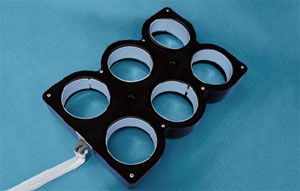 |
||
上海金畔生物科技有限公司
” 713%2F%3Fc%3D35 “> 713%2F%3Fc%3D35
Amresco 0528-500G CRYSTAL VIOLET 结晶紫
Amresco 0528-500G CRYSTAL VIOLET 结晶紫
甘油检测试剂盒 K-GCROL 70 assays (manual) / 700 assays (microplate)
甘油检测试剂盒
英文名:Glycerol Assay Kit
货号:K-GCROL
规格:70 assays (manual) / 700 assays (microplate)
市场价: 1808元
分析物意义:常见食品组分,或作为甜味剂,或用于改善口感
Megazyme检测试剂盒优点:新型的药片模式,性质更稳定,反应快
The Glycerol test kit is a simple, reliable, rapid and accurate method for the measurement and analysis of Glycerol in beverages, foodstuffs and other materials.
Suitable for manual and microplate formats.
UV-method for the determination of Glycerol in foodstuffs,
beverages and other materials
Principle:
(glycerokinase)
(1) Glycerol + ATP → L-glycerol-3-phosphate + ADP
(pyruvate kinase)
(2) ADP + PEP → ATP + pyruvate
(L-lactate dehydrogenase)
(3) Pyruvate + NADH + H+ → L-lactic acid + NAD+
Kit size: 70 assays (manual) / 700 (microplate)
Method: Spectrophotometric at 340 nm
Reaction time: ~ 5 min
Detection limit: 0.34 mg/L
Application examples:
Wine (and grape juice), beer, spirits, vinegar, marzipan, fruit juices,
soft drinks, toothpaste, honey, tobacco, paper (and cardboard),
cosmetics, pharmaceuticals, soap and other materials (e.g. biological
cultures, samples, etc.)
Method recognition:
Methods based on this principle have been accepted by OIV and
MEBAK
Advantages
- Novel tablet format for increased stability
- Very competitive price (cost per test)
- All reagents stable for > 2 years as supplied
- Very rapid reaction
- Mega-Calc™ software tool is available from our website for hassle-free raw data processing
- Standard included
- Suitable for manual and microplate formats
FAQ解答
Q1. There is an issue with the performance of the kit; the results are not as expected.
If you suspect that the Megazyme test kit is not performing as expected such that expected results are not obtained please do the following:
- Ensure that you have tested the standard sample that is supplied with the Megazyme test kit.
- Send the results of the kit standard, blank samples and the results obtained for your sample, in the relevant MegaCalc spreadsheet (if available) to Megazyme (cs@megazyme.com). Where available the relevant MegaCalc spreadsheet can be downloaded from where the product appears on the Megazyme website.
- State the kit lot number being used (this is found on the outside of the kit box).
- State which assay format was used (refer to the relevant page in the kit booklet if necessary).
- State exact details of any modifications to the standard procedure that is provided by Megazyme.
- State the sample type and describe the sample preparation steps if applicable.
Q2. Is K-GCROL specific for glycerol?
K-GCROL is highly specific for glycerol.
Some compounds that are known not to react or interfere with the assay include:
Polyethylene glycol
Ethylene glycol
Propylene glycol
Q3. Sometimes a negative absorbance change is obtained for the blank samples, is this normal? Should the real value (negative absorbance change) or “0” be used in the calculation of results?
Sometimes the addition of the last assay component can cause a small negative absorbance change in the blank samples due to a dilution effect and in such cases it is recommended that the real absorbance values be used in the calculation of results.
Q4. Should the pH of the sample be adjusted even for samples in acidic media?
The pH of the assay solution after the sample is added should be the same as that of the assay buffer that is supplied with the kit.
Low sample volumes (e.g. 0.1 mL) are not likely to affect the pH of the assay solution and therefore may not require pH adjustment.
Samples above 0.1 mL are more likely to affect the pH of the assay solution and therefore the pH of these samples should be adjusted as described in the data booklet, prior to addition to the assay.
Q5. Is the Glycerol Assay Kit (K-GCROL) suitable for measurement using cell culture media samples?
Yes, assuming that the concentration of the analyte in the sample (after sample preparation) is above the limit of detection for the kit. It may be sufficient to use the sample directly in the assay after clarification by centrifugation / filtering followed, by dilution (if required) in distilled water.
Q6. Can the test kit be used to measure biological fluids and what sample preparation method should be used?
The kit assay may work for biological fluids assuming that inositol is present above the limit of detection for the kit after any sample preparation (if required). Centrifugation of the samples and use of the supernatant directly in the kit assay (with appropriate dilution in distilled water) may be sufficient. However, if required a more stringent sample preparation method may be required and examples are provided at the following link:http://www.megazyme.com/docs/analytical-applications-downloads/biological_samples_111109.pdf?sfvrsn=2
The test kit has not been tested using biological fluids as samples because it is not marketed or registered as a medical device. This will therefore require your own validation.
Q7. Can the manual assay format be scaled down to a 96-well microplate format?
The majority of the Megazyme test kits are developed to work in cuvettes using the manual assay format, however the assay can be converted for use in a 96-well microplate format. To do this the assay volumes for the manual cuvette format are reduced by 10-fold. The calculation of results for the manual assay format uses a 1 cm path-length, however the path-length in the microplate is not 1 cm and therefore the MegaCalc spreadsheet or the calculation provided in the kit booklet for the manual format cannot be used for the micropalate format unless the microplate reader being used can.
There a 3 main methods for calculation of results using the microplate format:
- The easiest method is to use a microplate reader that has a path-length conversion capability (i.e. the microplater reader can detect the path-length of each well and convert the individual readings to a 1 cm path-length). This will allow values to be calculated using the MegaCalc calculation software which can be found where the product is located on the Megazyme website.
- Perform a standard curve of the analyte on each microplate that contains test samples and calculate the result of the test samples from the calibration curve (concentration of analyte versus absorbance).
- Perform a standard curve of the analyte in both the cuvette format (i.e. with a 1 cm path-length) and the 96-well microplate format and use these results to obtain a mean conversion factor between the cuvette values and the microplate values. Subsequent assays in the microplate format can then be converted from the calculated conversion factor.
Q8. How can I work out how much sample to extract and what dilution of my sample should be used in the kit assay?
Where the amount of analyte in a liquid sample is unknown, it is recommended that a range of sample dilutions are prepared with the aim of obtaining an absorbance change in the assay that is within the linear range.
Where solid samples are analysed, the weight of sample per volume of water used for sample extraction/preparation can be altered to suit, as can the dilution of the extracted sample prior to the addition of the assay, as per liquid samples.
Q9. The pH of my sample is low (pH ~ 3.0), do I need to adjust this before I use the sample in the kit assay?
The final pH of the kit assay after the sample is added should not change from what it should be (as stated in the kit for the assay buffer). If it does change then the sample will require pH adjustment. In most cases the sample volume being used is low relative to the final assay volume and in this case the pH of the kit assay is unlikely to be affected.
Q10. Can you explain, step by step, how to follow the method and perform the kit assay?
For users who are not familiar with how to use the Megazyme tests kits then it is recommended that they follow this example, e.g. D-Fructose/D-Glucose Assay kit K-FRUGL (http://secure.megazyme.com/D-Fructose-D-Glucose-Assay-Kit):
1. The kit components are listed on pages 2-3 of the kit booklet.
2. Prepare the kit reagents as described on page 3.
3. For separate measurements of glucose and fructose follow procedure A on page 4.
4. Pipette the volumes listed for water, sample, solution 1 and solution 2 into 3 mL, 1 cm pathlength cuvettes. Duplicate sample assays and duplicate blanks are recommended. Mix the contents of each cuvette by inversion (seal the cuvette using parafilm or a plastic cuvette cap – do not use a finger) then after ~3 min record the first absorbance reading of each cuvette at 340 nm (this is reading A1).
5. Then add suspension 3 and mix the contents of each cuvette by inversion. Incubate for 5 minutes then record the absorbance reading of each cuvette at 340 nm (this is reading A2). NB. It is essential that the reaction is compete. To assess this, record the absorbances at ~ 2 minute intervals and until the absorbance plateaus. A stable absorbance indicates that the reaction is complete. If the absorbance continues to increase then continue to record absorbances until it plateaus and only then record absorbance reading A2.
6. Then add suspension 4 and mix the contents of each cuvette by inversion. Incubate for 5 minutes then take absorbance reading of each cuvette at 340 nm (this is reading A3). NB. As above, assess that the reaction has completed by take subsequent readings at ~2 min intervals.
7. For simple, automated results analysis, input the absorbance readings (A1, A2, A3) for samples and blanks into the K-FRUGL MegaCalc.
To ensure that the assay is working, and being performed correctly it is recommend that the test is performed using the standard sample that is provided with the kit and to obtain the expected values before proceeding to test real samples.
It is recommend that new users also watch this video which highlights how to perform the assays.
Many of the other Megazyme test kits follow a similar format.
Q11. I have some doubts about the appearance/quality of a kit component what should be done?
If there are any concerns with any kit components, the first thing to do is to test the standard sample (control sample) that is supplied with the kit and ensure that the expected value (within the accepted variation) is obtained before testing any precious samples. This must be done using the procedure provided in the kit booklet without any modifications to the procedure. If there are still doubts about the results using the standard sample in the kit then send example results in the MegaCalc spread sheet to your product supplier (Megazyme or your local Megazyme distributor).
Q12. How much sample should be used for the clarification/extraction of my sample?
The volume/weight of sample and total volume of the extract can be modified to suit the sample. This will ultimately be dictated by the amount of analyte of interest in the sample and may require empirical determination. For low levels of analyte the sample:extract volume ratio can be increased (i.e. increase the sample and/or decrease the total extraction volume).
Alternatively, for samples with low concentrations of analyte, a larger sample volume can be added to the kit assay. When altering the sample volume adjust the distilled water volume added to the assay accordingly so that the total assay volume is not altered.
Q13. Can the sensitivity of the kit assay be increased?
For samples with low concentrations of analyte the sample volume used in the kit assay can be increased to increase sensitivity. When doing this the water volume is adjusted to retain the same final assay volume. This is critical for the manual assay format because the assay volume and sample volume are used in the calculation of results.
Q14. When using this kit for quantitative analysis what level of accuracy and repeatability can be expected?
The test kit is extremely accurate – at Megazyme the quality control criteria for accuracy and repeatability is to be within 2% of the expected value using pure analytes.
However, the level of accuracy is obviously analyst and sample dependent.
Q15. Is it possible to add a larger volume then 2 μL of enzyme to the microplate assay? In some instances 2 μL can be difficult to pipette manually.
Yes, instead of adding 2 μL of enzyme suspension an alternative is to dilute the enzyme and add a larger volume to the microplate assay.
Dilute the assay buffer 10-fold with distilled water and use this as the diluent to dilute an aliquot of the enzyme suspension also by 10-fold. Instead of 2 μL, use 20 μL of the diluted enzyme in the microplate assay.
Q16. To measure fermentation samples contain high microbial cell density, is cell disruption required?
Cell disruption is only require to measure glycerol within microbial cells.
To measure glycerol in the extracellular media only then cell disruption is not required and centrifugation of the sample may be sufficient, e.g.:
(a) Determination of glycerol in cell culture media/supernatants. In general, the concentration of glycerol in cell culture media/supernatants can be determined without any sample treatment (except clarification by centrifugation/filtering or dilution according to the dilution table, if necessary). Typically, no clarification or dilution is required, and a sample volume of 0.1 mL is satisfactory.
If interference is suspected then sample clarification/deproteinisation using carrez reagents or perchloric acid should be used (methods are provided in the kit booklet).
RHEODOL TW-L106 单十二酸聚氧乙烯山梨糖醇酐 聚山梨醇酯-21
RHEODOL TW-L106
RHEODOL TW-L106 单十二酸聚氧乙烯山梨糖醇酐 聚山梨醇酯-21
规格
| 化学名称 | 单十二酸聚氧乙烯山梨糖醇酐 |
|---|---|
| 国际化妆品成分名 | 聚山梨醇酯-21 |
| 外观 | 液体 |
| 含量 (%) | 100 |
| 色度 | 10>(Gardner) |
| 酸值 | 3> |
| 皂化值 | 100-115 |
| 羟值 | 225-255 |
| 亲水亲油平衡 | 13.3 |
| 溶解度(10%Liq.、25℃) | ・水:凝胶化, ・酒精:易溶, ・正己烷:易溶, ・二甲苯:溶解性低 |
| SP Value〔(Mpa)1/2〕 | 20.66(Hoy method) |
| 应用 | 药品和化妆品中的乳化剂,乳化、聚合反应中的稳定剂,有色材料中的稳定剂,农用化学品助剂中的乳化剂。 |
| 特性 | 亲水性的乳化剂和分散剂对于芳香类的化学品和油脂类有增溶作用。优良的亲水乳化剂如、、系列能嗜油乳化剂结合产生良好的水油平衡性。 |
| 生产地区 | 亚洲 |
| 包装 | 18千克/罐 |
康宁corning 3493 TW COL,12MM,0.4UM,PTFE,S,IND, Transwell-COL-膜嵌套 12mm直径 0.4um孔径PTFE(聚四氟乙烯)膜 COL表面 灭菌 单个包装 1个/包
康宁corning 3493 TW COL,12MM,0.4UM,PTFE,S,IND,
Transwell-COL-膜嵌套 12mm直径 0.4um孔径PTFE(聚四氟乙烯)膜 COL表面 灭菌 单个包装 1个/包 24包/箱 3777.19
康宁corning 3957 PLT,96WL,ASSAY BLOCK,VB,PP,WO/ 96孔储存或检测板 0.5ml圆孔 V形底 PP(聚丙烯)材质 无盖 未灭菌 10个/包
康宁corning 3957 PLT,96WL,ASSAY BLOCK,VB,PP,WO/
96孔储存或检测板 0.5ml圆孔 V形底 PP(聚丙烯)材质 无盖 未灭菌 10个/包 10包/箱 6239.41
NISSUI 日本日水培养基 05648 EC Broth “Nissui”
NISSUI 日本日水培养基 05648 EC Broth “Nissui”
